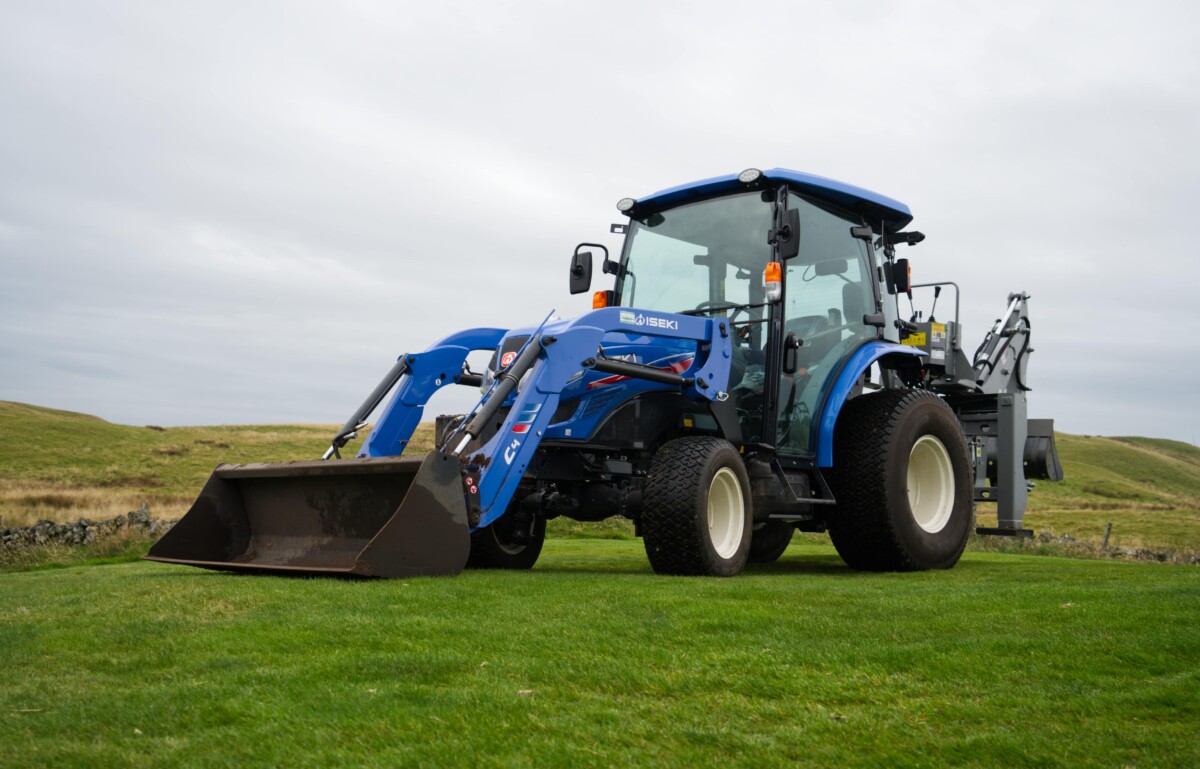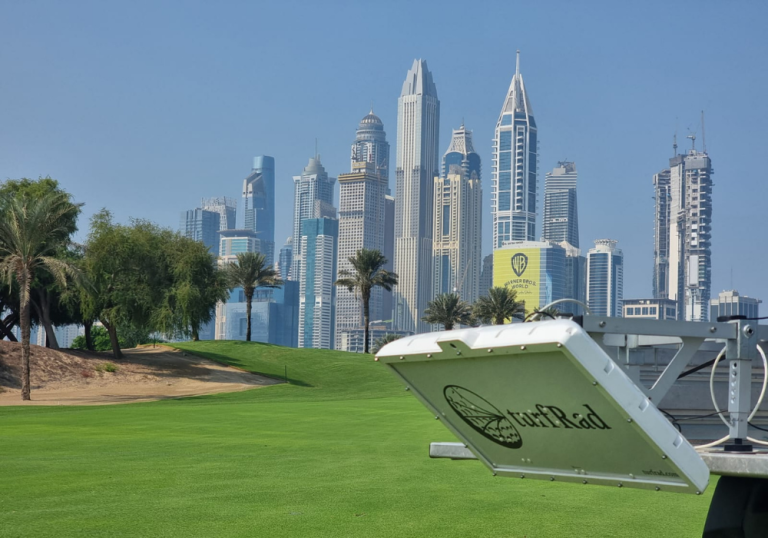Getting turf through winter: Geoff Fenn, of Advanced Grass Solutions, helps you navigate the trials and tribulations of the winter months.
Autumn and winter are tough for turf. Low light, cold temperatures, poor weather and regular play mean plants can become stressed, weakened and susceptible to disease. What can we do as Turf Managers to maintain quality through a long winter?

With the reduction in availability (and lower curative abilities) of amenity fungicides, putting together an Integrated Pest Management (IPM) plan can help reduce disease outbreaks on your site.
Firstly, do not underestimate the importance of correct nutrition. Understand the growth requirements of your surface and make sure nitrogen inputs will produce the exact level of growth you require. In winter sports with high wear you need a higher level of growth for recovery from divots and scars – monitor your growth rate by measuring clipping yield and change inputs to match the growth your site requires. Do not overfeed, do not underfeed – easier said than done but it’s crucial to get the plant in a healthy state with good carbohydrate reserves going into cold weather.
Pay close attention to the source of nitrogen you use – colder weather requires nitrogen with an ammoniacal or nitrate source as these are instantly available. Urea/methylene urea requires some warmth for bacteria to convert it into a plant-available form.
Everything nutritionally should be balanced – beware of the consequences of over-applying anything – excess nutrition can cause plant stresses that reduce health and bring on disease. Soil health can also be adversely affected by too much iron, sulphur and many other compounds used to the detriment of beneficial soil biology. Try to use products that declare exactly what’s in them so you know what effects these can have both short and long-term.
Try to set aside small trial areas to test if products and practices are genuinely having a beneficial effect on your site. Don’t believe all the hype or claims of products until you have seen good research or proved to yourself they have a benefit to you.
There are times when disease pressure simply overwhelms all the good factors we encourage in our turf and outbreaks happen anyway, but by getting as many things as ‘correct’ as we can, disease can be limited to a level that you may find ‘acceptable’.
What are some of the factors we can use/influence to reduce disease?
• Thatch Control – Reduce the home of pathi
• Nutrition – Get the balance right
• Airflow – Increase airflow around each plant
• Shade – Reduce shade and increase light
• pH – slightly acidic soil and leaf surface will reduce disease
• Dew/Moisture – reduce leaf wetness to prevent infection
• Drainage – keep surfaces firm and dry
• Grass Species – the right species for the right site
• Soil biological management – control thatch and diseases and improve health
• Fungicides – understand active ingredients and when they work best.
Each individual control method may not add up to a significant difference in disease levels but getting many of the pieces in the puzzle lined up correctly, we can reduce fungicide use and reduce disease activity.
Disease spores can live in thatch layers and when conditions are suitable, they will spread and attack the plant. Reduce thatch to minimal levels and you reduce the amount of disease spores. Try to encourage a healthy, balanced microbial population in your soil by adding high quality carbon-rich organic fertilisers and reducing chemical inputs to as low as possible.
This will then ensure natural thatch breakdown by soil microbes is maximised, leading to less invasive thatch removal practices to achieve the desired results.
Encouraging beneficial biology helps create a ‘suppressive soil’ that reduces pathogen populations leading to lessaggressive disease outbreaks. Biology alone cannot stop disease, but it can massively help reduce its impact. An unhealthy anaerobic soil with black layer
SHADE & AIRFLOW
Trees, buildings or spectator stands surrounding your turf cast shade and limit the energy a plant can produce for itself. Plants convert light energy into ‘plant-available’ energy such as sugars and carbohydrates. By cutting off sunlight you are cutting off the potential energy available for each plant and weakening it.
Think of grass plant leaves like mini solar panels – without sufficient sunlight they cannot produce enough energy to keep a healthy plant alive.
Removal of trees you will often also allow better airflow around the plant. This can be just enough to keep the leaf a little bit drier which can reduce disease. Leaf moisture is a key element for Microdochium development.
Apps such as Sun Seeker show the path of the sun and just how little sunlight turf often receives.
The public perception is planting trees is a great idea and removing trees is some form of ‘environmental vandalism’. The truth is sportsturf and trees really are not happy bedfellows. Grass is naturally adapted to open spaces with plenty of light, not shady areas under trees.
There are so many ways of managing turf and no one single correct method. Manage all the elements as best you can on your site is all you can do. You may still get stress and disease – but it will be much less than it could have been.


























